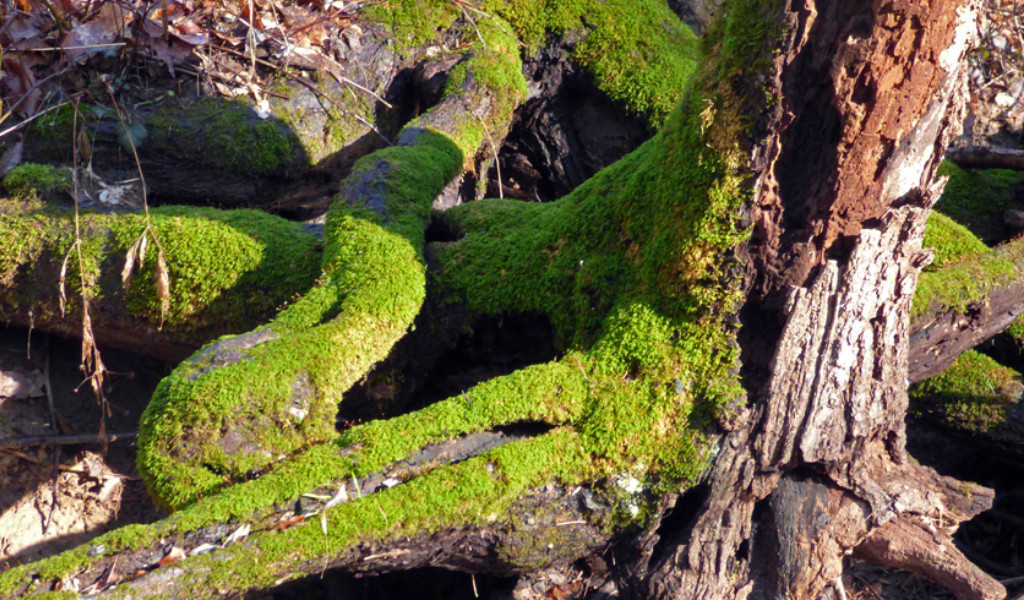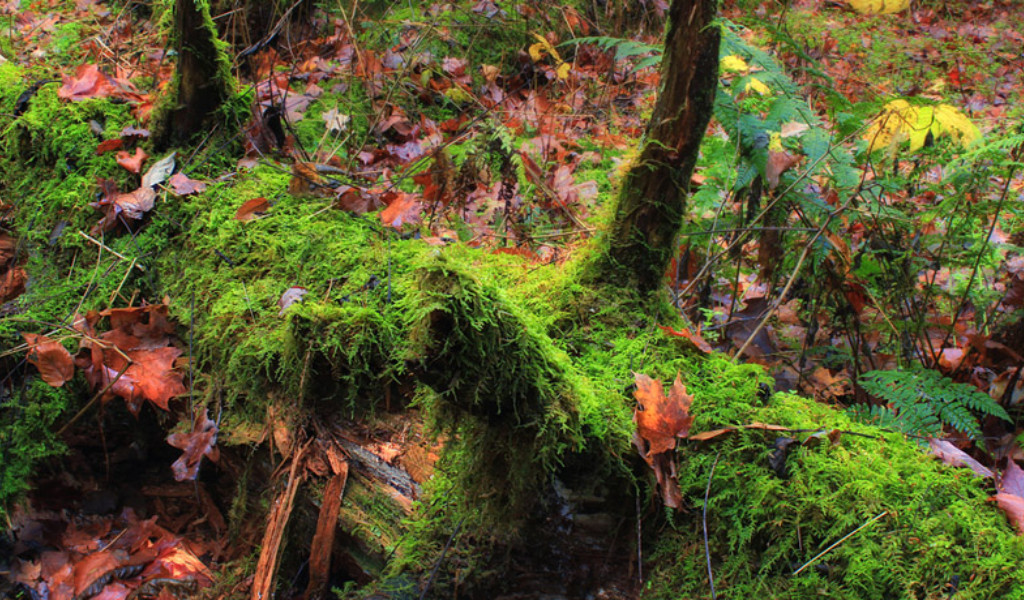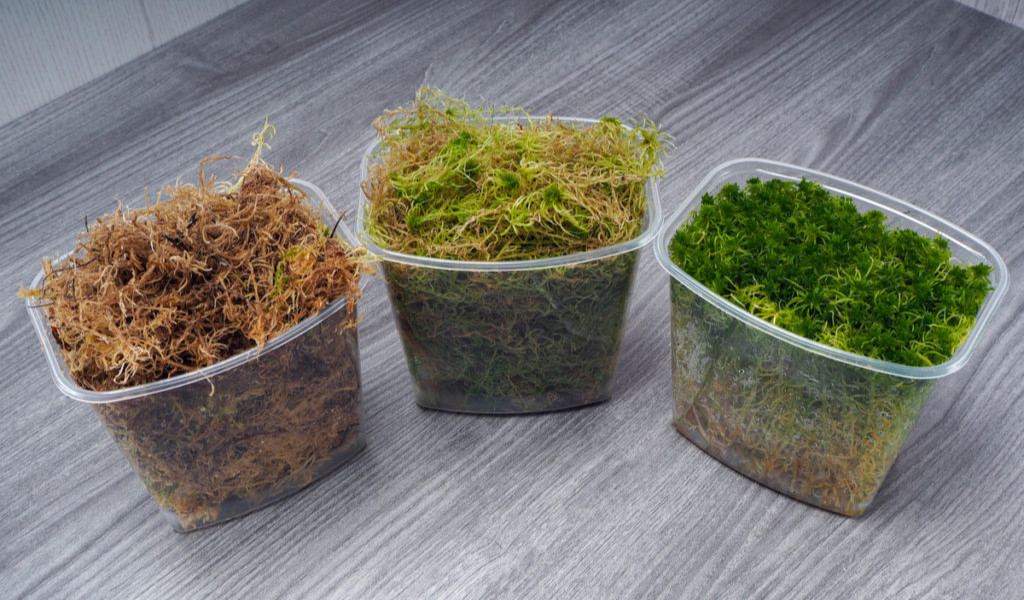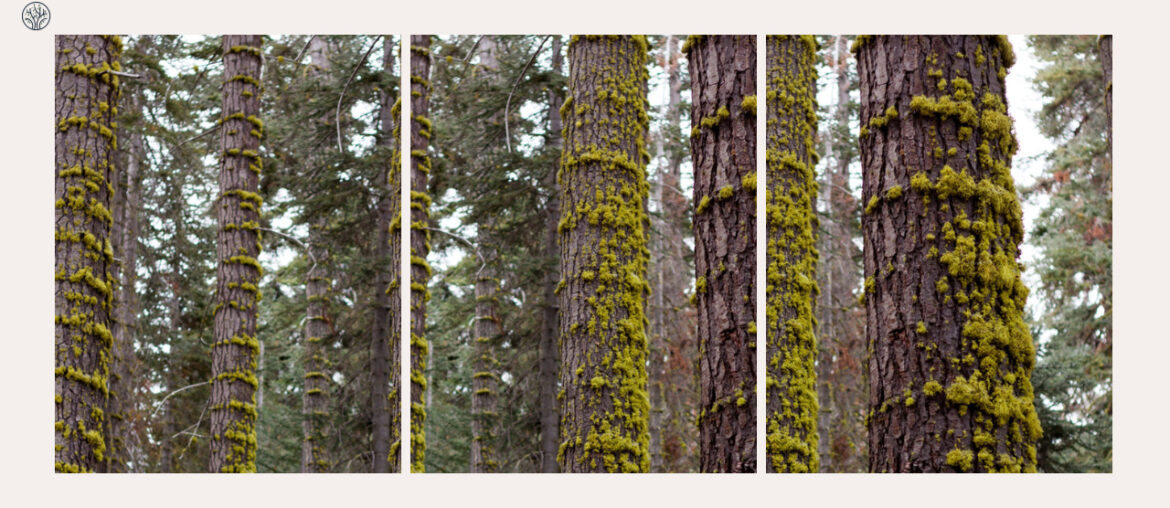Moss grows on various surfaces, including rocks, soil, and trees. Mosses are often associated with moist and shady environments, and some people believe they can use moss to determine the direction of the North. But is this true? What side of the tree does moss grow on, and what factors influence its growth? In this article, we will explore these questions and bust some myths about moss.
Moss Grows On The North Side Of A Tree
One of the most common beliefs about moss is that it grows on the north side of trees. This belief is based on the assumption that the north side of a tree receives less sunlight than the other sides and, therefore, provides a more suitable habitat for moss. Some people use this as a way to navigate in the woods by looking for mossy trees and assuming that they are facing north.

However, this method is unreliable, as there are many exceptions and variations to this rule. Moss can grow on any side of a tree, depending on the local conditions and factors that affect its growth.
See more: Where do trees get their mass?
Not Only On The North Side Of A Tree?
As opposed to what most people believe, moss isn’t exclusive to the north side of trees. In fact, you’ll often find moss gracing multiple sides of a tree.
Why is that? Various factors, such as local topography and other environmental elements, can create shaded areas that moss finds inviting. For instance, a tree near a tall building might grow moss on its south side when the structure blocks sunlight from reaching it.
So, while the north-side rule is a decent guideline, it’s not set in stone.
What Determines Moss Growth On Trees?
Moss is a type of plant that does not have roots, stems, or leaves. Instead, it has tiny structures called rhizoids that anchor it to the surface it grows on and filaments called protonema that absorb water and nutrients from the air. Moss also reproduces by spores carried by wind or water to new locations.
Moss growth on trees is determined by two main factors: plants and sunlight.
Plants And Sunlight
Plants are the primary source of moisture for moss. Trees release water vapor through their leaves in a process called transpiration. This water vapor condenses on the surface of the tree trunk, creating a thin film of moisture that moss can use.
Moss also benefits from the organic matter that falls from the tree, such as dead leaves, bark, or seeds. These provide nutrients and protection for moss.

Meanwhile, sunlight is the primary source of energy for moss. Moss needs sunlight to perform photosynthesis, which is the process of converting light into chemical energy. Also, moss needs sunlight to regulate its temperature and prevent freezing or drying out. However, too much sunlight can be harmful to moss, as it can cause overheating or dehydration.
Moss growth on trees is optimal when there is a balance between plants and sunlight. Moss prefers moderate levels of both moisture and light, which are usually found on the shady side of a tree. However, this can vary depending on the type of tree, the moss type, and the local climate.
Moss Myth vs. Moss Reality
As mentioned above, the myth that moss grows only on the northen side of trees is from a partial truth: moss tends to appear on the shady side of a tree. However, this does not mean that moss always grows on the north side of a tree or that it never grows on other sides. Moss growth on trees is influenced by many factors that can change over time and space.

Therefore, using moss as a natural compass is not a reliable navigation method. It can lead to inaccurate or misleading results, especially in areas where the sun’s position varies throughout the year or where there are other sources of shade or moisture. A better way to find your way in the woods is to use a map, a compass, or a GPS device.
FAQs
What moss hangs from trees in the South?
One type of moss that hangs from trees in the south is Spanish moss (Tillandsia usneoides). Although not technically a moss—it’s a bromeliad—this plant prefers warm, humid climates and is often found on oak and pine trees.
Spanish moss does not harm the trees it grows on, but it can reduce their photosynthesis by blocking some of the sunlight.
Can moss grow in the sun?
Yes, some moss species can grow in direct sunlight, but they are the exception rather than the rule. Most mosses prefer shady, moist environments, so you often find them in wooded areas or clinging to the sides of trees and rocks that don’t receive much direct sunlight.
Conclusion
So, what side of the tree does moss grow on? The answer is more complex than you might think. While there’s a grain of truth to the notion that mosses often grow on the north side of trees, this is far from a universal rule.
The real takeaway here is that nature is complex. Moss grows where the conditions are right, whether that’s the north, south, east, or west side of a tree. And remember, if you’re lost in the woods, moss can give you a hint, but it’s always wise to have a more reliable navigation method.









